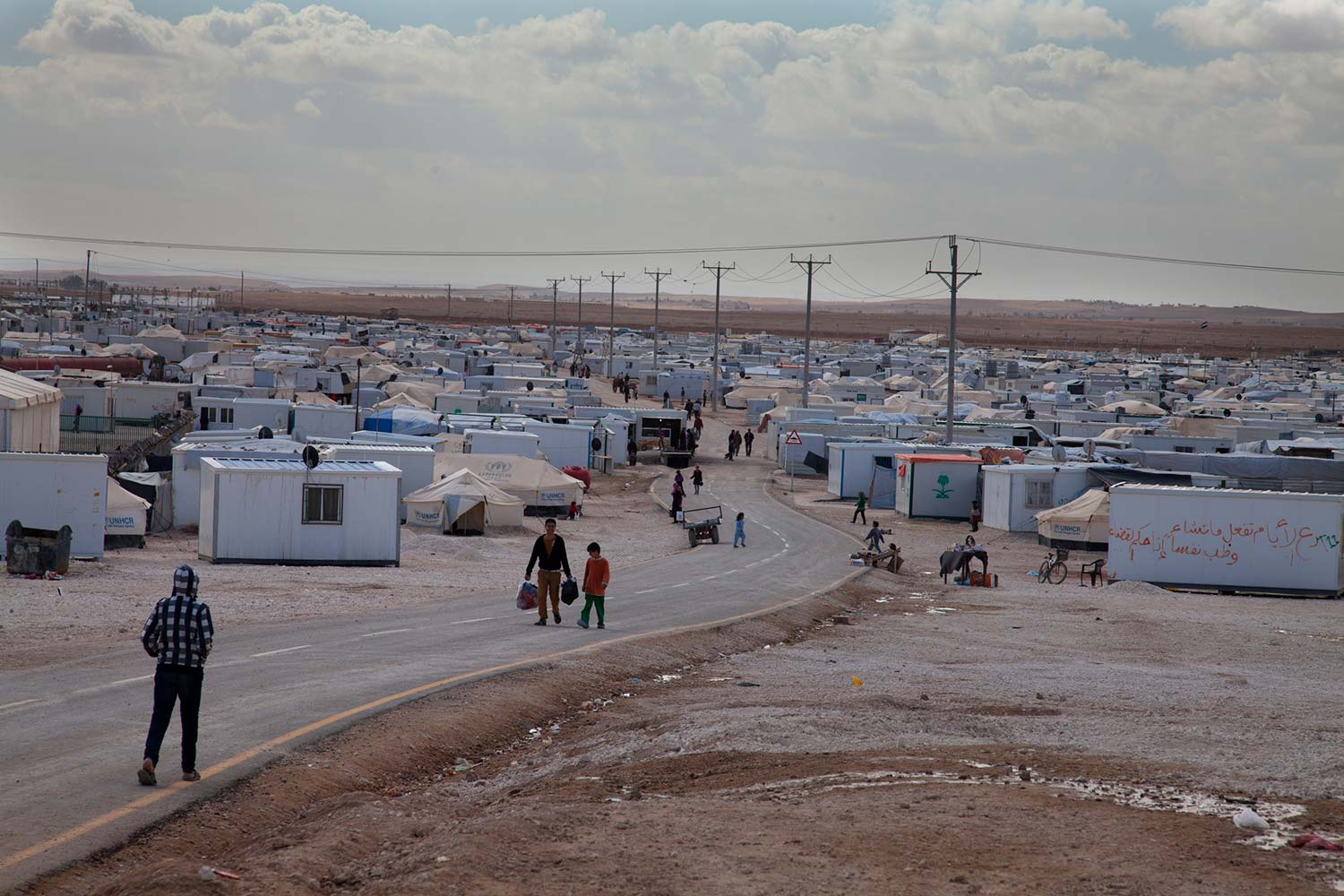
How to Use Our Statistical Risk Assessments
Every year we publish an updated Statistical Risk Assessment: a list of more than 160 countries ranked by their likelihood to experience a new episode of mass killing. The assessment is designed to help governments, civil society groups, and other influential actors prioritize an effective response.
We see the statistical results not as a conclusion, but as a starting point for discussion and further analysis of opportunities for preventive action.
Photo above: Refugees at the Syrian border. USHMM/Lucian Perkins.
What to Look For: Analyzing the Data
When we analyze our data, we look for countries in four rough categories: (1) Highest–Risk, (2) Unexpected Results, (3) Increasing Risk, and (4) Consistently High-Risk. For each category, we explore key questions to gain a fuller understanding of the risks, adequacy of policy response, and to identify additional useful lines of inquiry. We recommend others using these data approach it in a similar manner, as outlined below.
Highest-Risk
As with virtually any country ranking, we begin by looking at countries at the very top.
Key Question
- Is attention to the risk of mass atrocities adequate in the countries at the very highest risk of mass killing?
In general, we consider all countries in the top 30 to be high risk, but note that “high” in this assessment is relative. Even in the highest-risk countries, the chance of a new mass killing onset in a given year is typically less than one in three.
Unexpected Results
The top countries in our statistical risk assessment tend to confirm people’s intuitions: mass killings are most likely in countries with ongoing civil wars and other violent crises. But sometimes certain countries near the top come as a surprise, suggesting the need for more analysis. Identifying such countries—those not on the radar for mass killing—is an important function of the Statistical Risk Assessment.
Key Questions
- What accounts for the discrepancy between the statistical results and experts’ expectations?
- What additional analysis would help shed light on the level and nature of atrocity risk in the country?
Bangladesh, for example, ranked 16th in our 2016 assessment. The high ranking surprised many experts, who cited the country’s strong economic performance and relative stability in a turbulent region. The discrepancy between our statistical assessment and experts’ expectations is a large part of why we chose to conduct a deeper, country-specific analysis of the risks of mass atrocities in Bangladesh. In the 2018–19 assessment, Bangladesh ranked 13th, showing the persistence of that risk over time.
Increasing Risk
We recommend that people using these data pay special attention to countries that have moved up significantly in the rankings from the previous year or years. While some input data, such as infant mortality or population, stay relatively consistent, others, such as a coup attempt or onset of civil war, can cause a country to jump in the rankings.
Key Questions
- What events or changes explain the big shift in estimated risk?
- Have there been additional events or changes, not yet reflected in the data, which are likely to further shift the risk?
- Is the increase part of an ongoing trend?
Between 2017 and 2018, Zimbabwe exhibited the largest increase in relative risk, moving from 31st to 22nd. This increase was principally the result of the coup d’etat in late 2017 that toppled Robert Mugabe after three decades in office. Although the coup and its immediate aftermath were relatively peaceful, our statistical assessment is a reminder of dangers that could emerge.
Consistently High-Risk
Finally, we recommend people using these data look at countries whose risk is consistently high across multiple years.
Key Questions
- Is attention on the risk of mass atrocities adequate in countries that are consistently at high risk of mass killing?
- If the risk is seen as surprisingly high, what accounts for the discrepancy between the statistical results and experts’ expectations?
If a country ranks relatively high for multiple years running, we take this as a strong indication that the models are detecting real, significant risks, not just a statistical anomaly. One example is Mali, which ranked 9th, 13th, and 8th from 2014–16, prompting us to conduct a country-specific assessment of atrocity risks in Mali.

